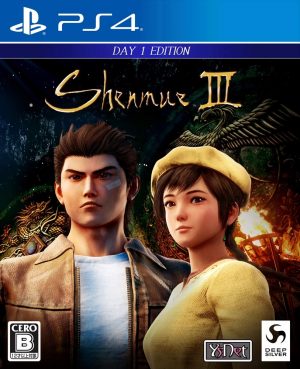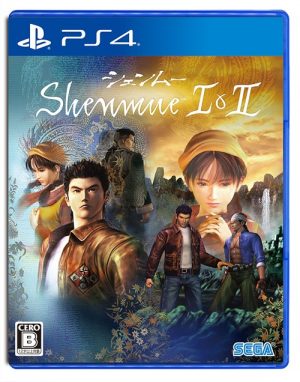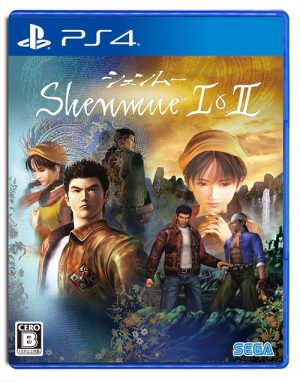
- System: PlayStation 4, Windows (Steam)
- Publisher: Deep Silver (US/Europe/Australia), Koch Media (Japan), Oasis Games (South Korea)
- Developer: Ys Net
- Release Date: November 19, 2019 (worldwide)
- Pricing:$34.99
- Rating: T for Teen
- Genre: Open World, Action, Adventure
- Players: 1
- Official Website: https://shenmue.link/
Shenmue III trailer
Who it Caters to
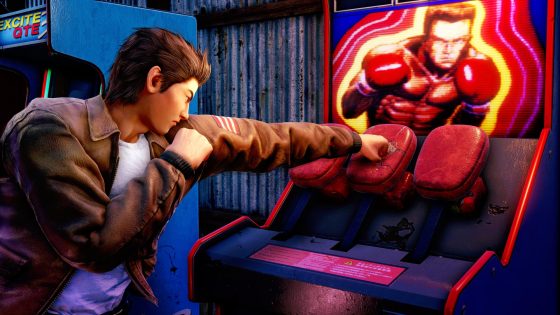
What to Expect

Story
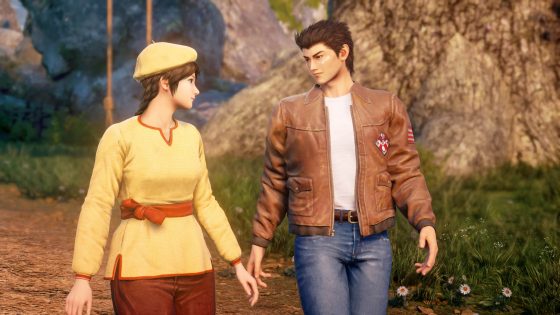
As they get deeper into the proverbial rabbit hole, Ryo and Shenhua learn about the origin of the mirrors, how they relate to their fathers, and why the fiendish Lan Di (a Kung Fu master who killed Ryo’s father in the beginning of the first Shenmue game) is after them. Later on, Ryo and Shenhua venture off to the port city of Niaowu where they face new dangers, and encounter new and old allies.
Gameplay

Just like in Shenmue 1 and 2, players can almost freely explore the environment around them. This is executed by closely inspecting every object and opening every cabinet in a room, or by talking to the locals who may have information that can help Ryo progress on his quest. Every character Ryo interacts with is voiced and, thankfully, players have the choice to experience the game in Japanese or in English. Furthermore, the exploration is expanded so that Ryo can wander grassy fields to collect medicinal herbs which he can later sell for money or trade for a skill book that expands his martial arts mastery.
Shenmue still uses a day/night cycle so some of the activities and story events are connected to it. One hour in the real world equates to a day in the game just like in the originals. As to how time is applied in the story; take, for example, it’s 12:00 pm in the game and the person Ryo needs to meet won’t show up until 7pm. Players have the option to skip time to 7pm, or just kill time doing something else. Beyond that, players can also see NPCs all over town at a certain time and when it’s dawn, the children go home and the adults get together and eat at the food stalls.

Once players have Shenhua accompany Ryo to the village, the villagers will react differently thanks to her presence. Then when Ryo talks to the ladies of the village without Shenhua present, they wonder if they’re engaged! As Ryo and Shenhua venture out of Bailu Village, players get to experience a different side of China through the port city of Niaowu (based on Phoenix Town in Hunan Province). Niaowu is a big town that offers cultural authenticity with its traditional architecture along with food that players can buy for Ryo such as meat buns or steamed dumplings.
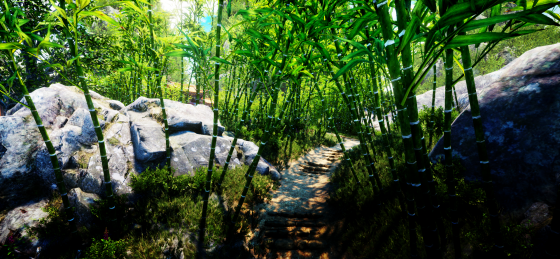
In addition to sparring, other training mini-games players can have Ryo engage in are practicing the one-inch punch (coined by Bruce Lee) and the horse stance, a common martial arts exercise. While sparring raises Ryo’s attack levels, the one-inch punch and horse stance mini-games level up Ryo’s health. Another training method that is introduced in the second part is Rooster Steps, which focuses on Ryo’s footwork. Like the one inch punch and horse stance, this exercise also raises Ryo’s health.
Speaking of health, how is it applied in Shenmue III? In the first two games, players didn’t have to worry about Ryo losing his health if they have him run from point A to point B. In Shenmue III, just by walking, Ryo’s health goes down and players are going to have to refill it by giving him food. Players can buy fruits, vegetables, soda or authentic Chinese food to keep him going! At the start of the game, players are going to be low on money so they’re going to need to make a quick yuan (Chinese currency) for food (and other things)! So how can players help Ryo make some money?
First, there’s chopping wood! It’s not much but if players do it for a day, it’s enough to help buy the food Ryo needs! As we mentioned earlier, Ryo can collect herbs in the wild and once he collects enough, he can make a considerable amount of money off of them. Also, Shenmue III introduces a simple fishing mini-game. By the end of a session, players can sell whatever fish they catch for some cash! Last, the forklift job is back from the first game and introduces some fresh features! Instead of merely transporting boxes, players can have Ryo move arcade cabinets from a boat to a warehouse, and they become playable in the arcades the following day.

If any of you have played a game featuring QTEs (or Quick Time Events), then you’ve got Shenmue to thank for that! As expected, QTEs are back but are presented differently than the first two games. As opposed to a button flashing on the screen as in the originals, the QTEs in Shenmue III are more like Yakuza’s where the button has a blue outline that functions like a stopwatch to indicate how long players have to press the corresponding button. Freeze QTEs, which were introduced in Shenmue II, are also back and are also portrayed differently by feeling more “in motion” with the action (such as the Body Check attack).
Unfortunately, Suzuki’s arcade classics that established his name back at Sega such as Hang On, Space Harrier, and After Burner aren’t featured or playable in Shenmue III, but the QTE mini-games are! As opposed to having modern digital games (with the exception of a Virtua Fighter spoof featuring Chobu-chan, the in-game mascot of Niaowu), a lot of the arcade games Ryo can play are more in-tune with old mechanical carnival games such as whack-a-mole, a driving game where players drive a toy car on a rotating cylinder that represents a road, and a game where players have to throw a golf ball into a moving golf hole (or you can play the basketball version) and more!
Other returning novelties such as buying capsule toys are present. As opposed to buying capsule toys of franchise Sega characters such as Sonic or Rent-A-Hero, players can buy capsule toys of Shenmue characters, Buddhist statues, gems, and other generic toys.
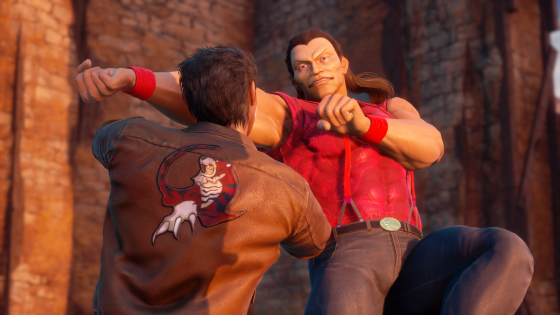
Honey's Gameplay Consensus:
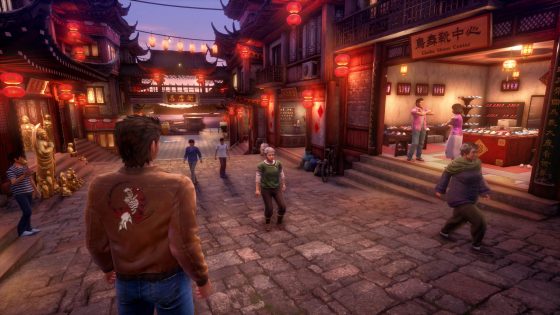
What we considered a downside as it relates to the restructuring of the fighting engine is how it changes whenever NPCs teach Ryo a move. In the first two games, the player would apply the verbal instructions of a martial arts NPC into the controls in order to learn it. Due to how the moves are executed in the third game by relying more on the face buttons and none of the directional ones, this feature is slightly modified by not giving players a chance to try the moves out themselves.
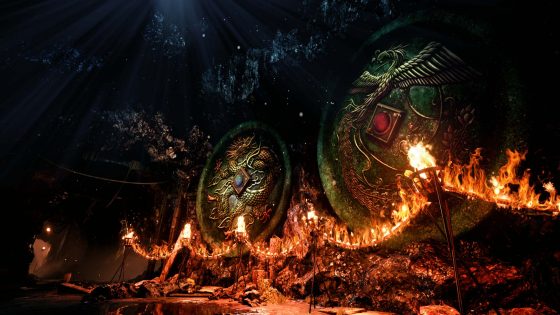
In Niaowu, players can make international calls to characters from previous games. Players make these calls by purchasing phone cards (remember those?). As a backer, one of my rewards was a phone card for unlimited calls! For spoiler reasons, we won’t say which actors are back but, unfortunately, some voices are changed in both the Japanese and English versions and the new actors just don’t have the same feeling as the originals.
Due to how time is applied in Shenmue III, critics feel it slows down the game and we can’t disagree with that. As we said, players have the option to skip time, or they can just explore the village, make some money, or level up. While other open-world games do have a time system, it’s just something players see, and not feel because time is of no consequence in some games such as in GTAV or MGSV. Shenmue does a great job of demonstrating how time works not just by an NPC’s individual schedule but how the sun moves, thus affecting light. When players start their journey in Bailu Village, they can see how it looks in the nighttime. They can experience how dark it can get in a place with no light other than a full moon.
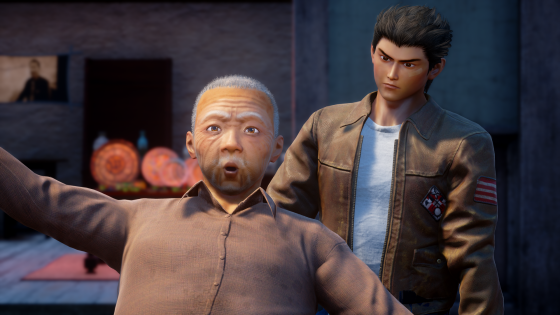
Honey's Pros:
- For Kickstarter contributors, they get awesome in-game bonus content depending on how much they donated.
- Rich and detailed environments that are like the real thing!
- The soundtrack excellently applies traditional Chinese acoustics and percussions to bring players into its world.
- Even with its new features, Shenmue III largely plays like the originals
- Ryo and Shenhua’s casual conversations can be educational as they engage in how their cultures and lifestyles differ.
- While the dialogs are in Japanese or in English, there is text support for other languages such as French, Spanish, and Portuguese.
Honey's Cons:
- Not for people who prefer style over substance.
- Not for people that prefer something fast-paced.
- The weather didn’t feel too emphasized.
- Not for people who want a definitive ending (Suzuki already confirmed Shenmue III completes 44% of the WHOLE story).
- No bonus content such as Shenmue III footage on Dreamcast (if it ever existed like the Shenmue Saturn footage feature in Shenmue II).
- Grappling is no longer featured in the fighting engine.
Honey's Final Verdict:
If you are interested in trying Shenmue III, as we said before, it’s best that you start with the first two games because they’re intended to be played consecutively. You’ll have a better appreciation for the story, a better idea of Suzuki’s vision and why longtime fans never gave up on it. For now, we stand by the fans as we also encourage Suzuki to make Shenmue IV.
Recommended Post
Shenmue III and The Epic Store
Recommended Post
Why Yakuza Fans Should be Excited for Shenmue 3
Recommended Post


